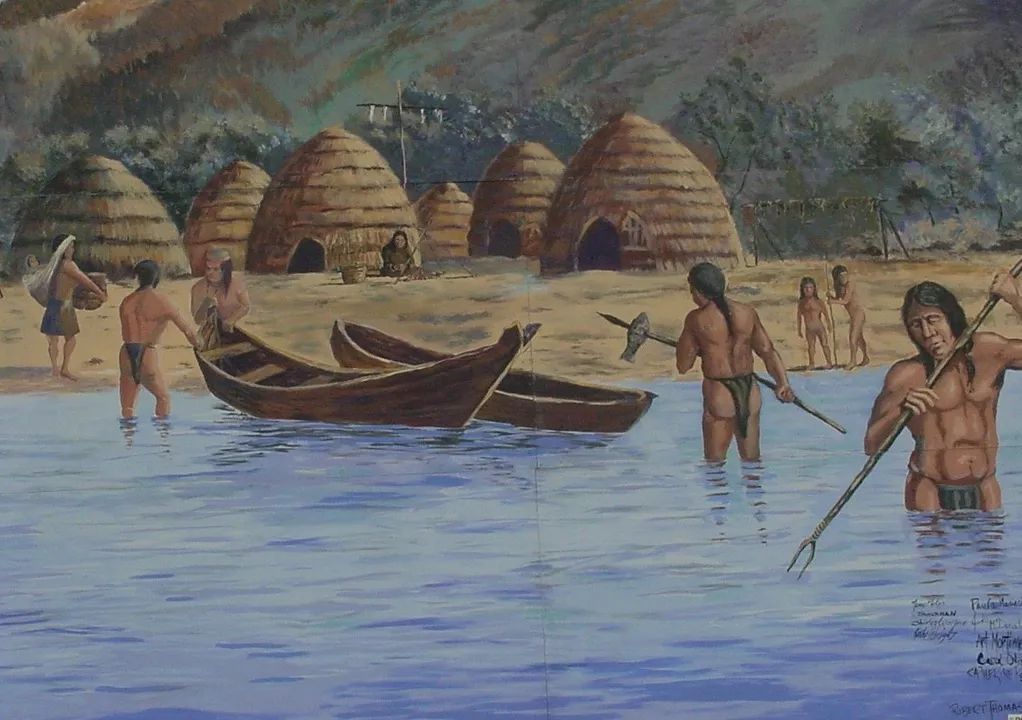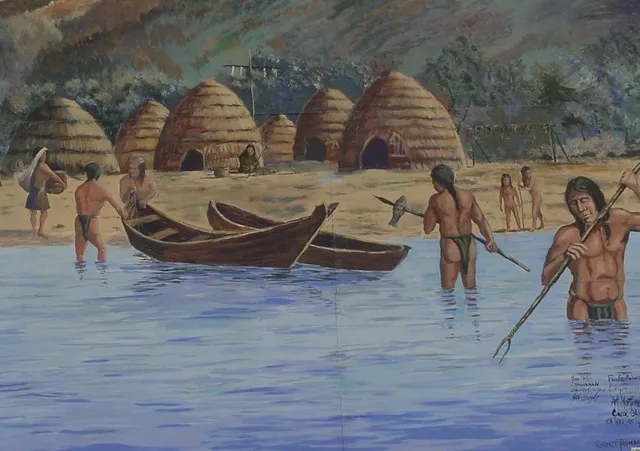Native American History and Culture: A Quick Guide
If you’re curious about the peoples who first called this land home, you’ve come to the right spot. From ancient traditions to modern celebrations, the story of Native American tribes is packed with fascinating details that are easier to enjoy when you break them into bite‑size pieces.
First off, think of each tribe as a unique community with its own language, art, and way of life. While we often hear the term "Native American" as a blanket label, the reality is a mosaic of over 500 distinct nations. Each one contributes its own flavor to the larger picture of American history.
What Makes Each Tribe Different?
Geography plays a huge role. Coastal groups like the Chumash of Southern California built sturdy plank canoes called tomols to fish and trade along the shore. In contrast, the Lakota of the Great Plains rode horses and followed bison herds. These environmental differences shaped everything from clothing to diet.
Social structure also varies. Some tribes, such as the Iroquois Confederacy, organized themselves into a council of chiefs representing each nation. Others, like the Apache, relied on a more fluid leadership system where respected warriors and elders guided daily life.
Spotlight: The Chumash Indians
Let’s zoom in on the Chumash for a moment. They lived in what is now Southern California and were famous for their craftsmanship. Their plank canoes—tomols—were built from redwood and sealed with natural tar, allowing them to travel long distances across the Pacific coastline.
The Chumash also ran a sophisticated trade network. They exchanged shells, obsidian, and crafted goods with neighboring tribes, creating a lively economy long before European contact. Their villages were led by a chief who worked closely with skilled artisans, hunters, and spiritual leaders. Religion was tightly linked to nature; ceremonies often honored the ocean, mountains, and sky, reflecting a deep respect for the world around them.
These facts give a glimpse into how the Chumash balanced daily life with spiritual practice, showing that every tribe had its own rhythm.
Want to explore more? Many museums and cultural centers now host interactive exhibits where you can see authentic tools, listen to traditional music, and even try your hand at crafts like beadwork or basket weaving. Visiting a tribal reservation with respect—asking permission and following local guidelines—can also provide a powerful, personal connection to this heritage.
Remember, learning about Native American history isn’t a one‑time event. It’s a journey of listening, observing, and appreciating the layers of tradition that survive today. Each story you uncover adds another thread to the rich tapestry of America’s original peoples.
So, whether you’re planning a trip, researching a school project, or just love discovering new cultures, keep these easy facts in mind. They’ll help you see beyond stereotypes and understand the real, vibrant lives of Native American communities.



